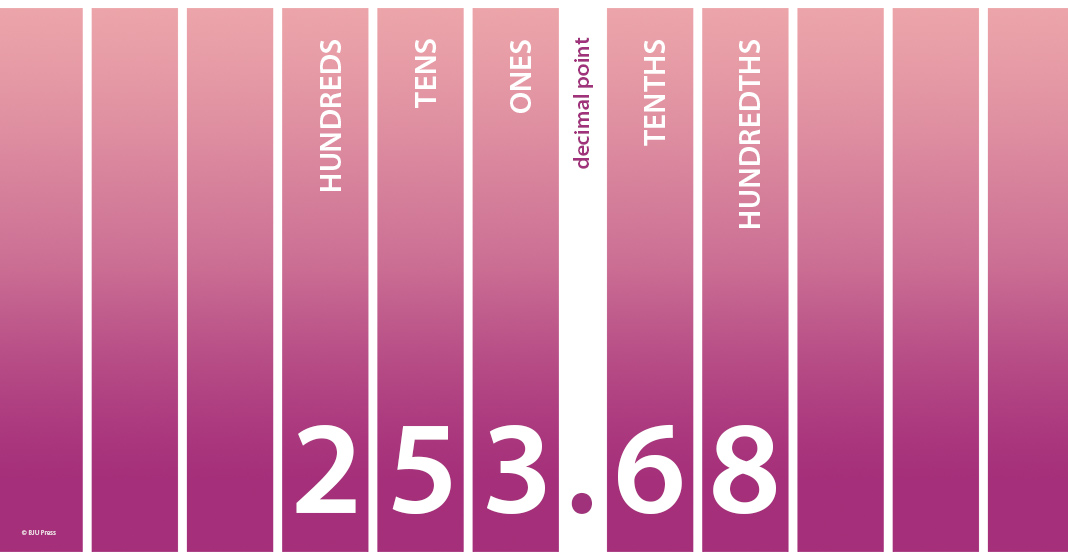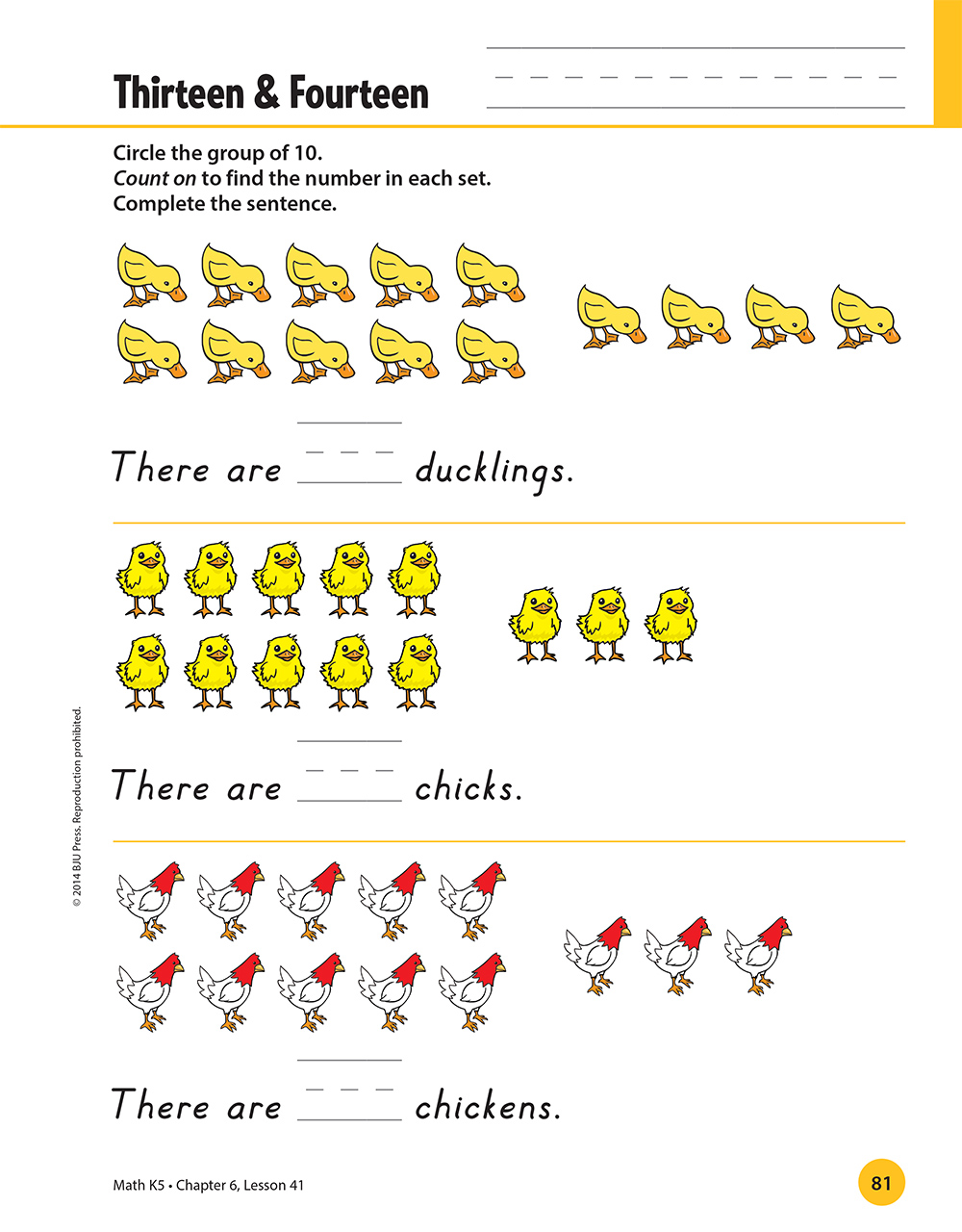
Have you ever suspected that your children are in cahoots with each other to wreak havoc to your homeschool plans? How else can the house go from peace to chaos so quickly? Just yesterday, my house was blissfully quiet, but as soon as I sat down to teach a reading lesson to my third grader, the baby woke up from her nap. I rescued her from her crib, found her some toys to play with, and sat down again. Then my preschooler burst into the room with a soaked outfit. “Mommy! I spilled the water!” So I got up yet again and mopped up a river in the kitchen. Our reading lesson did eventually happen, but it was while I balanced both a preschooler and an infant on my lap and tried to keep them from losing my place in my teacher edition. Not exactly the ideal educational situation. What do you do when homeschooling with little ones?
Thankfully, not every day is as chaotic as that one was. But I’ve found that trying to homeschool little ones at home is anything but easy. And I’ve found that I’m not alone in my frustrations.
One of my homeschool heroes, who successfully homeschooled seven children, recently told me that her most difficult years of homeschooling were when she was homeschooling with infants, toddlers, and preschoolers in tow. I was grateful that she offered me a few suggestions that I’ve found helpful. I hope they will be useful to you as well.
One-on-One Time
Homeschooling takes a lot of our attention, and if we’re not careful, our little ones will feel neglected. I’ve found that giving them some special one-on-one attention goes a long way toward helping them be content during homeschooling time. BJU Press Distance Learning has helped me a lot because it has freed me up to spend time with my little ones. While my third grader watches her English, Bible, or science lessons, I try to use that time to read to my infant and preschooler or to play with them. Some days, if I’m really busy, I’ll ask my preschooler to help me with a kitchen project or a cleaning chore. She loves to help!
Special Toys
Several of my experienced homeschool friends suggested that I set aside some special toys just for homeschool time. This too has helped because it gives my little ones something to look forward to while I teach my third grader. The key is that these special toys or activities need to be something that little ones can do. I have found that simple puzzles and play dough work well.
Also, I have created some “busy bag” activities for our homeschool time. Here are some of my preschooler’s favorite busy bags that I’ve found on other blogs.
- These color/pattern busy bags from Raising Little Superheros are both educational and fun. My older girls enjoyed helping me create the popsicle sticks.
- The felt ice cream cone from Camille’s Casa is also great for serving up treats for pretend customers!
- Moms, you might remember playing with paper dolls as a little girl. This felt dress-up doll from Everyday Dishes is a great alternative to the classic toy and fits nicely in a busy bag.
Learning Involvement
My preschooler also enjoys being involved in our homeschool lessons when possible. Sometimes when my third grader and I are reading a drama during our reading lesson, we’ll recruit my preschooler to “read” one of the parts (one of us will whisper her lines in her ear). During math, I sometimes give my preschooler manipulatives to play with. While I’m administering a spelling test, I will sometimes let my preschooler “take” it too. All of these activities have been valuable to get her excited about learning.
Homeschooling with little ones will probably always be challenging, but these suggestions have helped our family. I would love to hear about any ideas that have helped your family too. Please share them in the comments!




